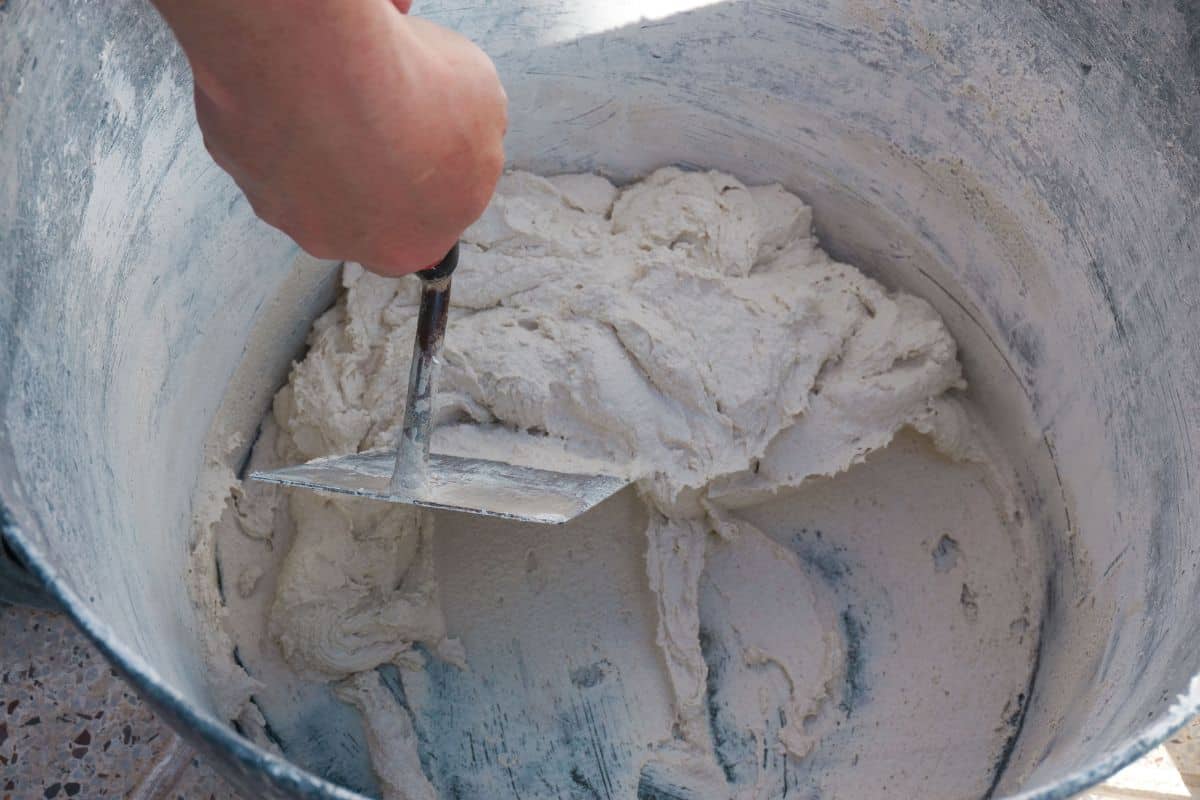Steps for Properly Mixing a Render Material
Mixing render material is a crucial step in the process of rendering walls and ceilings. Rendering involves applying a thin layer of material to surfaces such as concrete or brick, creating a smoother finish and also providing additional insulation.

When mixing render material correctly, it ensures that the final product has an even consistency and colour all over, looks neat and uniform, and will last for many years. Here are some tips on how to properly mix render material:
Gather Necessary Equipment
Before beginning the task of mixing your render material, ensure that you have all the necessary equipment on hand. This includes buckets or troughs for mixing, power drills with paddle mixers, sponges if needed, protective clothing such as gloves and a face mask, and the render material itself.
Prepare the Area
Prior to beginning work on your rendering project, ensure that you have prepared the area first. This means clearing away any debris or dirt from the surface and ensuring that it is clean and dry. It’s also important to check for any potential hazards such as loose objects or exposed wires that could cause injury when mixing.
Measure Out Materials
Before adding any materials to your buckets or troughs, take some time to measure out exactly how much of each ingredient you will need. This will depend on what type of render material you are using, but typically this would include sand, cement, water and other additives if necessary. Make sure that you pay attention to the recommended measurements for each of these ingredients as given by the manufacturer.
Add Water
Once you’ve measured out the necessary materials, begin by adding the water to your buckets or troughs first. Make sure that you use clean and warm (but not hot) water so that it mixes properly with the other ingredients. The amount of water needed will depend on what type of render material is being used, but in general a good rule of thumb is to add enough so that the mixture becomes wet but not too runny.
Combine Materials
Now it’s time to combine all your materials together and mix them until they are fully blended together. This can be done either manually with a trowel and spade, or with the help of a power drill with a paddle mixer. For manual mixing, simply combine all of the materials together in your troughs until they are fully blended. For automated mixing, start off by adding all of the dry ingredients first and then slowly pouring in water while mixing at a moderate speed until you have achieved a homogenous mixture.
Finish Mixing
Once you’ve got your render material mixed to the proper consistency, it’s time to finish up. Make sure that you scrape down any excess material from the sides of your bucket or trough and give it one last stir before pouring or scooping out into whatever containers you intend to use for application. This will help ensure that your render material is properly blended and ready for use.
Mixing render material correctly can be a tricky task, but with these tips you’ll be able to get it right the first time. Taking the time to measure out ingredients and make sure that they are mixed properly will lead to a better finished product and smoother walls or ceilings in the end. So don’t forget these steps when starting on a new rendering project!
